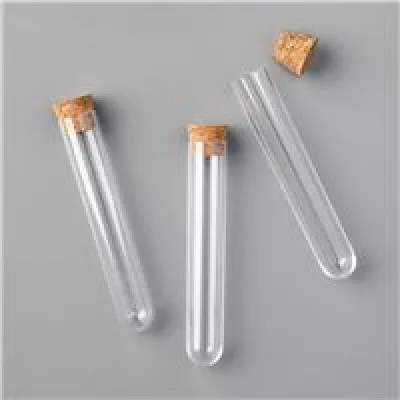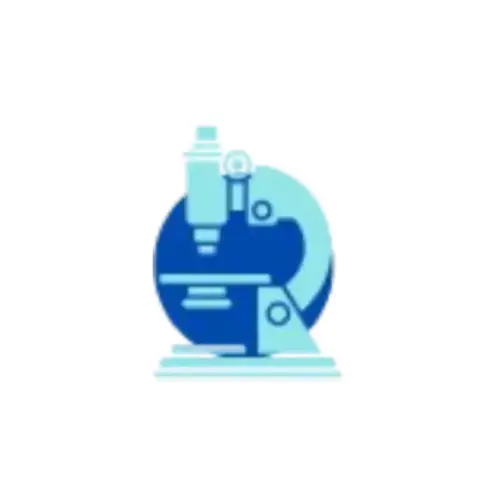
From Classroom to Laboratory: The Essential Role of Microscopes in Education
In every curious glance of a student peering into a microscope lies the spark of discovery. It’s not just an instrument—it’s a window into a hidden world. Whether in a school science lab or a cutting-edge research facility, microscopes have played an irreplaceable role in shaping scientific understanding and igniting young minds.
From the first time a child watches a single cell magnified to the intricate analysis of biological samples in a laboratory, microscopes bridge the gap between textbook theory and hands-on learning. They transform abstract knowledge into tangible experiences, fueling curiosity and inspiring future scientists, doctors, and innovators.
At our laboratory supplies store, we understand that providing the right microscopes and supporting equipment like laboratory funnels isn’t just about selling tools—it’s about nurturing the next generation of thinkers and dreamers.
Why Microscopes Matter in Education Igniting Curiosity in Young Minds
Imagine a 12-year-old student in a biology class seeing plant cells for the first time. The intricate structures, the green chloroplasts shimmering under the lens — it’s a moment of awe that no textbook can deliver.
Microscopes make science real. They allow students to explore the unseen, sparking questions and deepening their interest in the natural world. This experience often plants the seed for a lifelong passion in science, research, or medicine.
Bridging Theory and Practice
The classroom teaches the concepts. The laboratory microscope brings them to life.
-
In biology, students observe cell division, bacteria, or tissue samples.
-
In chemistry, microscopes help analyze crystal structures and reactions at a micro level.
-
In environmental science, they study water samples, pollutants, and microorganisms.
With the addition of tools like laboratory funnels for filtration and separation experiments, students learn the value of precision, care, and scientific process—skills that extend beyond the lab.
Empowering STEM Education
With global emphasis on STEM (science, technology, engineering, and mathematics), hands-on experience is vital. Microscopes are central to STEM learning, teaching students to:
-
Observe and record data.
-
Analyze microscopic structures.
-
Develop critical thinking and problem-solving skills.
For many, the lab becomes the first place they realize science isn’t just about learning facts; it’s about exploration and discovery.
The Journey: From Simple Classrooms to Advanced Laboratories ???? In School Classrooms
Simple compound microscopes help students explore basic biology. They’re taught how to prepare slides, adjust focus, and handle specimens with care. It’s here that many learn their first lesson in patience and observation.
Example:
In a grade 8 biology class, students use microscopes to examine onion cells. They learn to prepare a slide using a laboratory funnel to transfer liquids carefully, ensuring a clean sample.
In College Laboratories
At the college level, microscopes become more advanced—stereo microscopes, phase-contrast, and even digital microscopes are introduced. Students conduct detailed analyses, document findings, and sometimes even contribute to ongoing research projects.
Example:
A botany student uses a stereo microscope to study leaf structures, using a funnel to carefully filter plant extracts during preparation. This teaches them both biological observation and lab safety techniques.
In Research Laboratories
Here, microscopes aren’t just educational tools—they’re gateways to innovation. High-powered electron microscopes, fluorescence microscopes, and digital imaging systems help researchers uncover new medical treatments, understand diseases, and make technological advancements.
Example:
A researcher studies cancer cells under a high-resolution microscope, using laboratory-grade funnels to separate chemical reagents with precision before microscopic analysis.
The Emotional Connect: Shaping Futures, One Lens at a Time
Behind every scientific breakthrough is a moment of learning, often starting with a simple microscope in a classroom. Think about Marie Curie, Louis Pasteur, or even your local lab technician—all started somewhere, all had their first encounter with the microscopic world that changed everything.
At, we believe in supplying more than just equipment. We provide the tools that spark dreams and drive future discoveries. Whether it’s a classroom microscope or precision laboratory funnels, our mission is to empower educators, students, and researchers with reliable, high-quality instruments they can trust.
Explore our curated collection of microscopes and laboratory funnels—where learning meets innovation.
Common Mistakes Students Make with Microscopes (and How to Avoid Them)
Using Dirty Lenses—Always clean lenses with proper lens paper to avoid blurry images.
Incorrect Slide Preparation—Use a laboratory funnel for precise transfer of liquids and avoid contamination.
Improper Focus—Always start with the lowest magnification and gently adjust focus knobs.
Handling Samples Carelessly—Use proper tools and follow safety guidelines when preparing samples for observation.
Neglecting Maintenance—Store microscopes properly and schedule regular servicing to extend their life.
Frequently Asked Questions (FAQs)
Q1. Why are microscopes important in education?
Microscopes allow students to observe microscopic structures firsthand, making science more engaging, relatable, and inspiring. They bridge the gap between theory and real-world application.
Q2. What types of microscopes are used in classrooms?
-
Compound Microscopes: Ideal for biology classes
-
Stereo Microscopes: For detailed study of larger specimens
-
Digital Microscopes: Used for projecting images and recording observations
Q3. How do laboratory funnels complement microscope work?
Laboratory funnels are essential for precise liquid transfers during sample preparation, filtration, and separation—ensuring that samples viewed under the microscope are clean and uncontaminated.
Q4. Can microscopes help develop STEM skills?
Yes! Microscopes teach observation, critical thinking, analysis, and scientific inquiry—all vital skills in STEM education.
Q5. Where can I find quality microscopes and laboratory funnels?
You can explore a trusted range of certified microscopes and laboratory funnels—designed for classrooms, research labs, and beyond.






